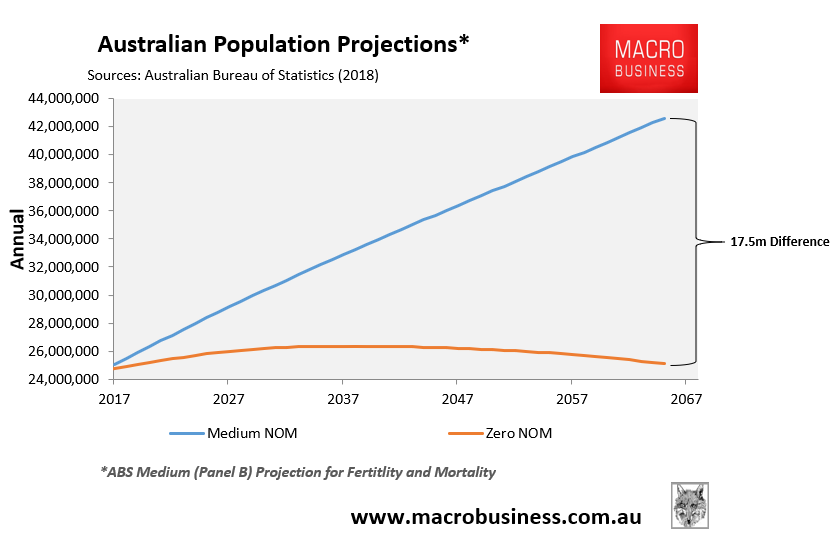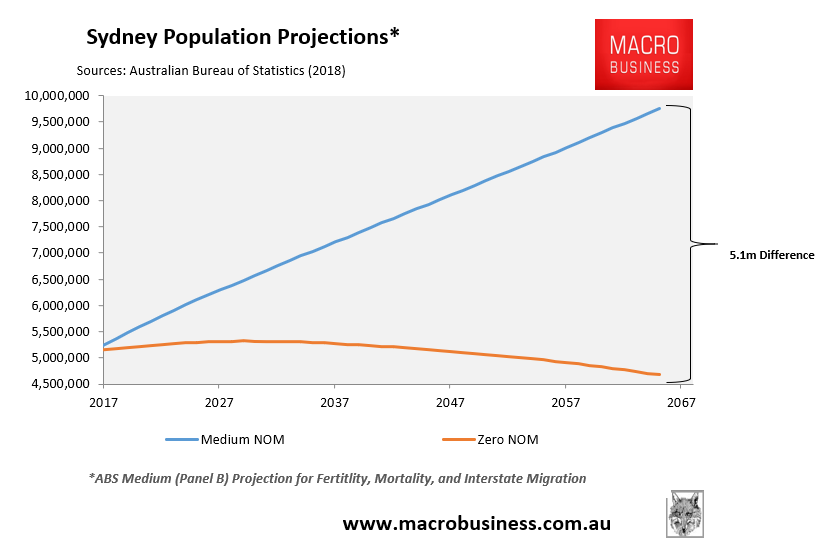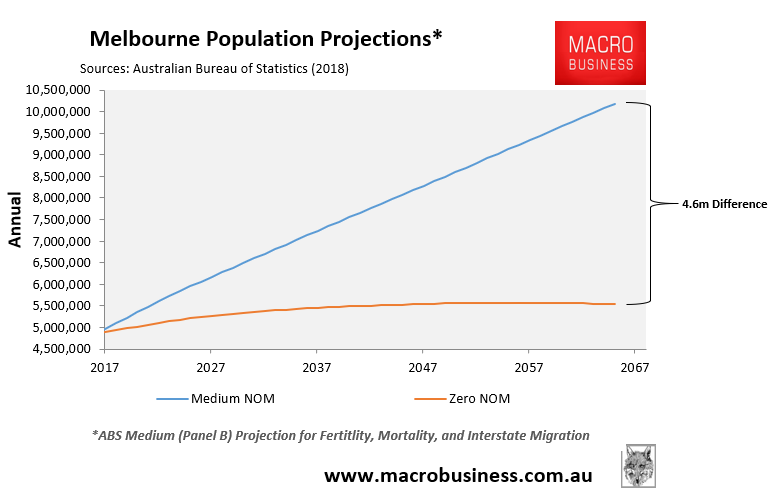That’s the question asked today by Marcus Roberts, co-editor of Demography is Destiny, MercatorNet’s blog on population issues:
New South Wales’ Planning Minister, Rob Stokes, has recently tried to undercut criticism of high-rise development in Sydney by arguing that population growth is inevitable and so there is no point in arguing against it, or its effects. Stokes said:
“We want to help shape growth… Even if it were a desirable outcome to restrict growth, and I am not sure it necessarily is, but even if that is what people wanted to do that is a completely quixotic quest…You can’t stop it, so the best thing you can do is work together.”
Thus complaining about population growth in Sydney (expected to amount to an extra 1.5 million people in the next 17 years – an increase of over 25 percent) is akin to King Canute standing in the shallows and ordering the tide to stop. It’s impossible to stop, so just try and enjoy the ride.
But as Leith Van Onselen writes at microbusiness.com.au, this is simply not true. Population growth in Sydney is almost entirely driven by net overseas migration. Between 2017 and 2018 Sydney grew by over 93,000 people. Without net overseas migration, this figure would have been just over 16,000 people (natural growth less net internal migration). The Australian Bureau of Statistics predicts that in the next 50 years, without net external migration, Sydney’s population will actually decline, rather than increase by 4.5 million people!
Thus, if Australia’s net overseas migration were restricted to the 20th century average of 70,000 people per year (rather than the 250,000 currently), the population growth pressure on Sydney would be almost entirely eliminated. As Van Onselen argues, the State Government could try to stop Sydney’s population growth by lobbying for deep cuts to the migrant intake. Such lobbying would presumably also be politically popular: after all, a poll from earlier this year found that 80 per cent of NSW’s residents do not support increasing the current population of the state.
According to Van Onselen, these poll results are understandable:
“[The respondents to the poll] know that population growth means more over-development, crush-loaded infrastructure and services, and lower living standards.
Their views are also explicitly supported by Infrastructure Australia’s modelling, which shows projects worsening traffic congestion, longer commute times, and reduced access to jobs, schools, hospitals and green space as Sydney swells to a projected 7.4 million people by 2046 under ongoing mass immigration, regardless of whether Sydney builds up or builds out.”
So why don’t current State politicians argue for lower migrant numbers? Or, if they think that higher net overseas migration is good for Sydney, for New South Wales and for Australia, why don’t they argue for that position (perhaps taking Kevin Rudd’s line) rather than arguing that Sydney’s population growth is inevitable, something that just happens and that one can lament, but do nothing about?
Is it because they realise that such an approach is unpopular? Well, whatever happened to political leadership? Or, alternatively, representing the will of the people?
Of course Australia’s population growth is not inevitable and, over the long-run, is driven entirely by net overseas migration (NOM).
This is evidenced by the ABS’ own demographic projections, which show that Australia’s population would not rise at all over the next 48 years with zero NOM:

Whereas Sydney’s population would actually fall over the next 48 years with zero NOM:

And Melbourne’s would only rise modestly:

The data speaks for itself. Mass immigration is the driver of Australia’s manic population growth.

